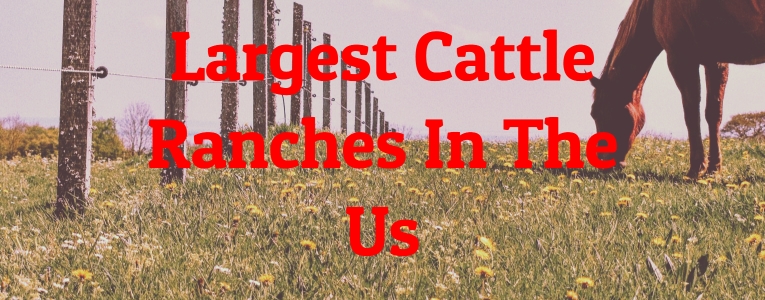Cattle ranches grow cattle for meat, milk, and other items. Cattle ranches are vital to the US agriculture business and may be located nationwide.
Cattle ranches vary from family-owned farms to corporate-owned mega ranches. Most cattle ranches breed and produce calves annually. Cattle eat grass, hay, and other forages, although some ranches add grains.
Cattle ranches fuel the US economy and employ a large chunk of the population of rural towns. However, cattle ranching takes up a lot of areas and may affect the local water supply.
Drought, shifting market prices, and competition from other protein sources have hurt the US cattle ranching economy. Despite these issues, cattle ranching remains important in US agriculture, and here are the 8 largest cattle ranches in the US.
-
The Continental Divide Ranch
Approximate Number of Cattles: Data Deficient
Location: Rawlins, Wyoming
Year Built: 19th Century
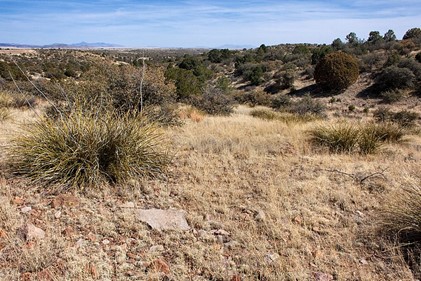 Source: Wikimedia
Source: Wikimedia
In the gorgeous Wyoming wilderness, the Continental Divide Ranch is unique. The Rocky Mountains surround this 4,000-acre ranch.
It was founded as a cattle ranch in the late 1800s. It is now a popular spot for outdoor enthusiasts to enjoy the Rocky Mountains.
The ranch’s scenic vistas are a draw. The property overlooks miles of hills, snow-capped peaks, and beautiful streams. Nature enthusiasts may hike, fish, and ride horseback across this paradise’s mountainous landscape.
The ranch provides exquisite lodgings and outdoor activities. The ranch features a selection of cozy cottages and lodges with fireplaces, hot tubs, and breathtaking views of the surrounding nature.
The ranch provides tent camping spots amid the forest for a more rustic experience. No matter where you stay, you’ll enjoy all the conveniences of home while camping.
Continental Divide Ranch is a Wyoming wilderness treasure. Its breathtaking vistas, accommodations, and educational activities allow visitors to escape everyday life and connect with nature. Continental Divide Ranch is a unique and fulfilling vacation.
Did You Know?
The Continental Divide Ranch is a place to relax, learn, and appreciate nature. The ranch provides outdoor survival classes, wildlife hikes, and yoga retreats. These activities let visitors connect with nature and develop outdoor skills.
-
The IX Ranch
Approximate Number of Cattles: 4,300
Location: : Big Sandy, Montana
Year Built: 1955
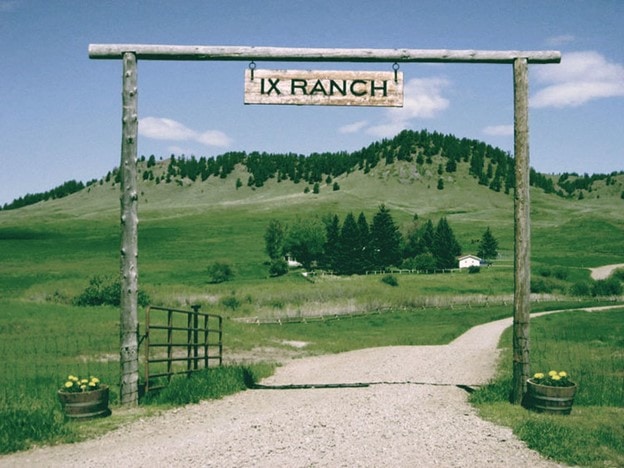 Source: Wikimedia
Source: Wikimedia
The 134,500-acre Montana IX Ranch is spectacular. Outdoor enthusiasts will adore this property in Big Sandy, Montana.
As an operating ranch since the late 1800s, the IX Ranch has a rich history. Since then, the ranch has changed owners and undergone several repairs and modifications. Hunting, fishing, and other outdoor activities are common at the IX Ranch.
Conservation and sustainability distinguish Montana’s IX Ranch. Elk, mule deer, antelope, and bison roam the property. Birdwatchers love the IX Ranch because it has bald eagles, peregrine falcons, and golden eagles.
The facilities complement its gorgeous natural surroundings. The ranch features big, comfortable cottages with Wi-Fi and satellite TV. The cottages feature beautiful views of the environment.
The Montana IX Ranch is unique and unusual. The IX Ranch provides something for everyone, from adventure enthusiasts to calm vacationers.
Did You Know?
The IX Ranch offers several visitor activities. Horseback riding, fly fishing, and ranch tours are available. A knowledgeable guide will lead you to the ranch’s greatest elk, mule deer, and other big game hunting sites.
-
Independence Valley Farm and Ranch
Approximate Number of Cattles: Data Deficient
Location: Nevada
Year Built: 1880s
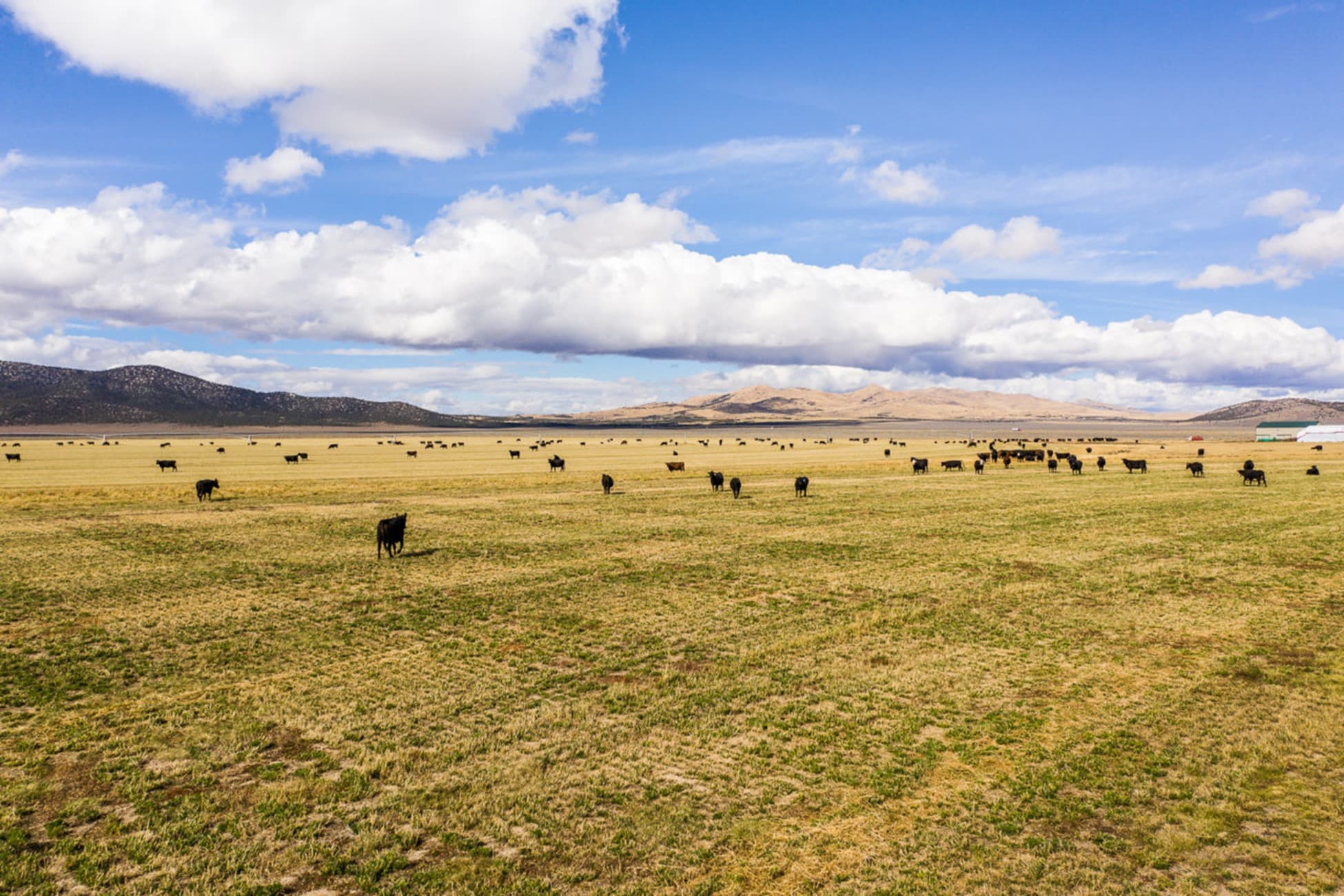 Source: California Outdoor Properties
Source: California Outdoor Properties
In Lovelock, Nevada, Independence Valley Farm & Ranch is family-owned. The family-owned farm was founded in the early 1880s.
Independence Valley Farm & Ranch emphasizes sustainability and self-sufficiency. The farm produces cattle, goats, poultry, wheat, alfalfa, and hay. The farm also uses solar panels and drip irrigation techniques to preserve resources and boost efficiency.
The Nevadan Ranch sells fresh veggies, eggs, and meat in their little shop. Visitors may also do agricultural tours.
Independence Valley Farm & Ranch is a Nevada agricultural jewel. Their commitment to sustainability and natural ways distinguishes them from nearby farms and ranches. Visit this Lovelock-based family-owned company.
Did You Know?
Independence Valley Farm & Ranch’s devotion to organic and natural farming is second to none. The animals are well-cared for, and the farm uses no synthetic pesticides or fertilizers.
-
Deseret Ranches
Approximate Number of Cattles: 44,000
Location: : Central Florida
Year Built: 1950
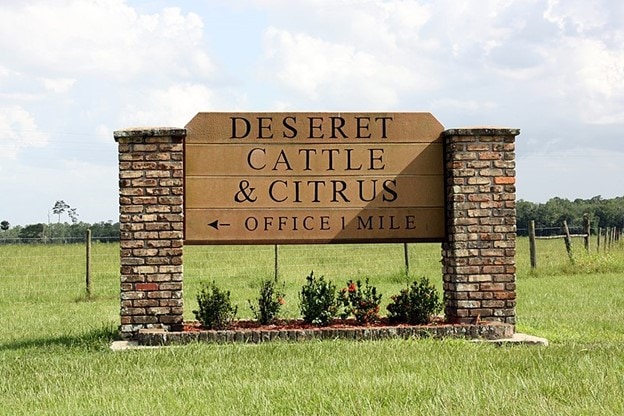 Source: Wikimedia
Source: Wikimedia
Central Florida’s 300,000-acre Deseret Ranch raises cattle. It’s the state’s biggest ranch. The LDS Church developed the ranch in the 1950s to produce cattle for nourishment. The Deseret Ranches of Florida, Inc., a church leadership organization, manages it now.
The ranch raises beef cattle. In addition, the ranch grows hay and other feed crops for the livestock. The ranch has several wetlands and conservation areas with diverse flora and wildlife in addition to its agricultural activities.
Its sustainable ranch methods are unique. The ranch uses rotational grazing to prevent overgrazing and the best management methods to preserve nearby waterways.
Deseret Ranch is a comprehensive and valuable Florida enterprise. Its economic and environmental benefits make it a community asset and a model for other ranchers.
Did You Know?
Deseret Ranch’s economic contributions go beyond agriculture and conservation. It employs many locals and boosts the tax base.
-
The Waggoner Ranch
Approximate Number of Cattles: 14,000
Location: : Vernon, Texas
Year Built: 1850s
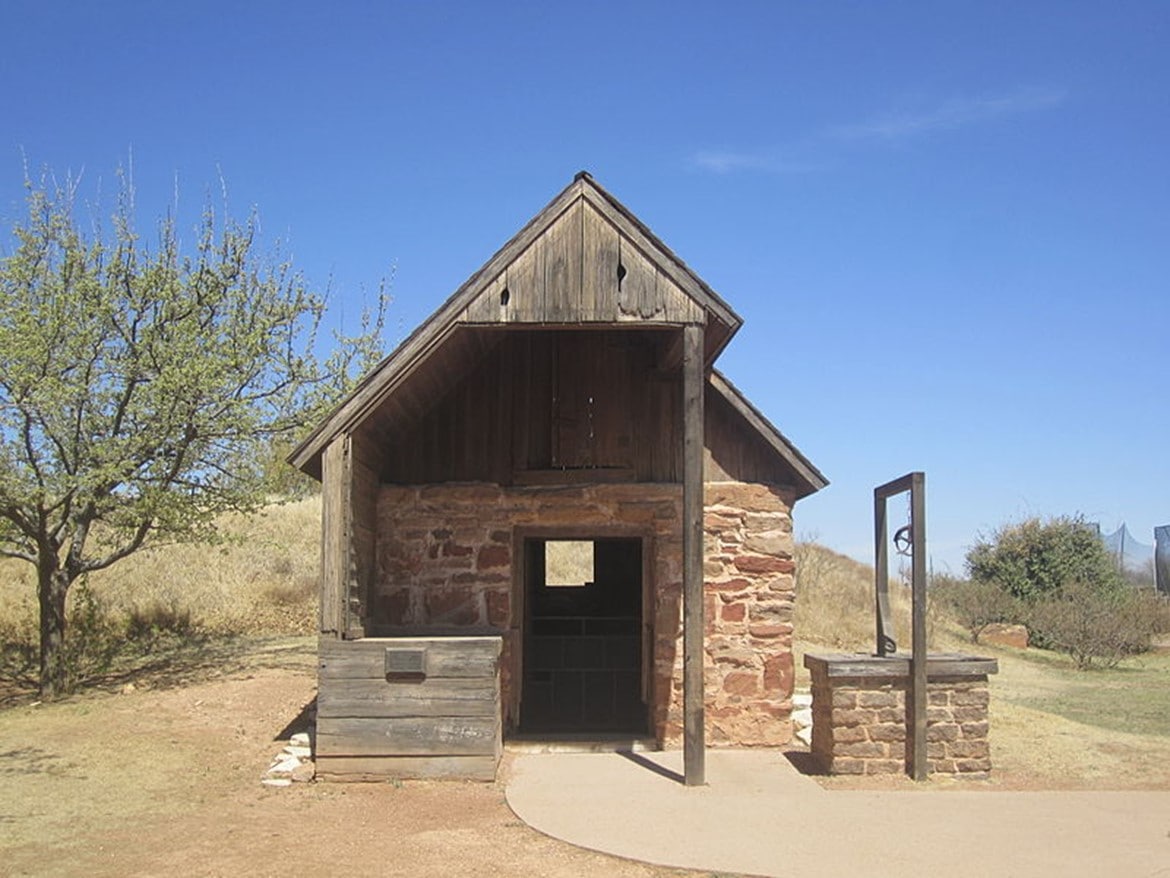 Source: Wikimedia
Source: Wikimedia
North Texas’ 500,000-acre Waggoner Ranch spans six counties. It’s one of America’s biggest and most famous ranches.
Dan Waggoner, a pioneering cattleman from Illinois, built the ranch in the 1850s. Waggoner’s ranch became one of Texas’s most prosperous and influential.
The Waggoner Ranch has hosted cattle ranching, oil and gas exploration, recreational hunting, and fishing. In addition, hunters visit the ranch to see deer, quail, ducks, and geese.
It has struggled recently despite its rich history and cultural value. Stan Kroenke, a millionaire industrialist, sold the ranch in 2015 to a group of investors headed by Dan Friedkin.
The current owners have worked to repair and maintain the ranch’s historic buildings and features while investing in its future.
The Waggoner Ranch is still a treasured component of North Texas’ economy and culture. In addition, its rich history and natural beauty make it a must-see for Western history and culture buffs.
Did You Know?
The Waggoner Ranch has several historic buildings and sites, natural beauty, and fauna. The ranch’s “Big House,” erected in the 1870s, was restored to its former glory. Barns, stables, bunkhouses, and many tiny towns have grown around the ranch.
-
Babbitt Ranches
Approximate Number of Cattles: 8,000
Location: Arizona
Year Built: 1886
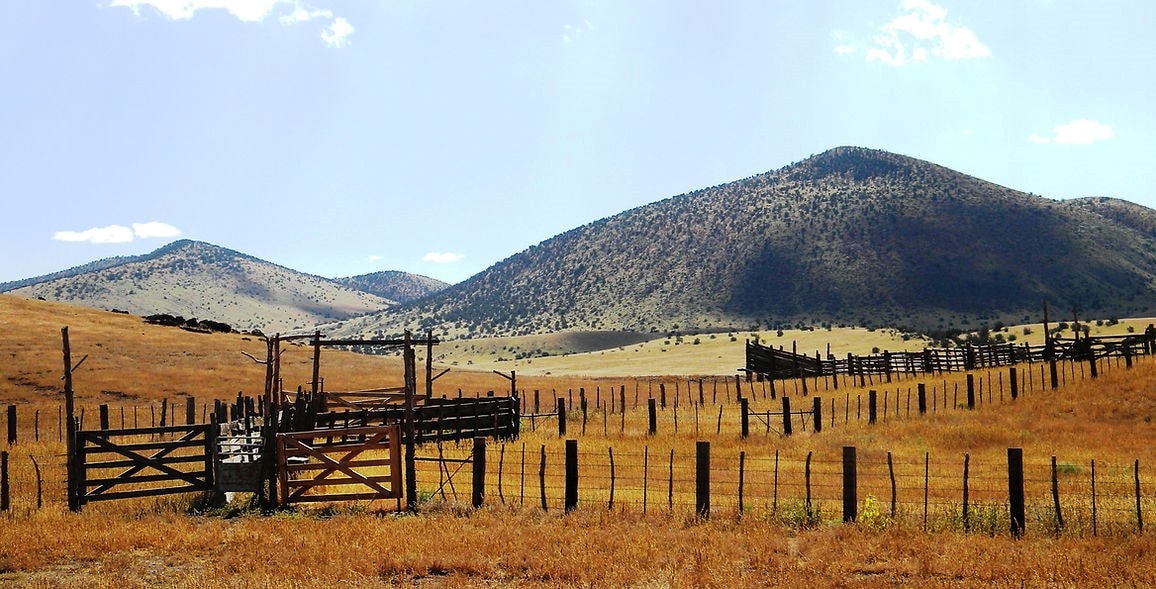 Source: Babbitt Ranches
Source: Babbitt Ranches
Northern Arizona is home to the multi-generational establishment that is Babbitt Ranches. The ranch’s history includes ranching, farming, and conservation. In addition, the Babbitts have always cared about the land and community.
To maintain the ranch for future generations, they have incorporated sustainable methods. Holistic management has helped Babbitt Ranches survive. This ranching method considers the whole ecosystem and balances the requirements of the land, animals, and ranchers.
Babbitt Ranches have raised cattle, sheep, and goats while preserving the region’s natural environments. The Babbitt family protects the ranch’s elk, deer, and pronghorn antelope ecosystems for future generations.
The Babbitts are proud of their heritage and devotion to the land and community. They work hard to keep the ranch beautiful and prosperous for future generations.
Did You Know?
Babbitt Ranches helps the community in addition to ranching and conservation. Educational tours, rodeos, and weddings draw tourists to the ranch.
-
Diamond A Ranch
Approximate Number of Cattles: 31,500
Location: Seligman, Arizona
Year Built: 1987
 Source: Cowboy Lifestyle Network
Source: Cowboy Lifestyle Network
Diamond A Ranch in Arizona is family-owned. The ranch has bred cattle and horses since the early 1900s. Equine aficionados visit Diamond A Ranch for its many services and facilities for riders of all levels.
It provides horseback riding and other equine activities. Horseback riding, trail rides, and equine therapy are examples. In addition, rodeos, barrel racing, and team penning are held at the ranch year-round.
The location is accessible year-round, although autumn and spring are the greatest times to come due to warm weather. It also needs helmets and protective gear for riders, so bring yours. Finally, Diamond A Ranch is family-friendly, so expect to enjoy the trails with riders of all ages and abilities.
Diamond A Ranch is a must-see for Arizona nature enthusiasts. However, the ranch has something in store for every rider. Explore the trails, make new friends, and make lasting experiences.
Did You Know?
The ranch has a gorgeous and varied terrain. The ranch overlooks Arizona’s mountains and valleys amid the rolling hills. Visitors may bike the paths slowly or harder across the tough landscape.
-
The King Ranch
Approximate Number of Cattles: 35,000
Location: Kingsville, Texas
Year Built: 1852
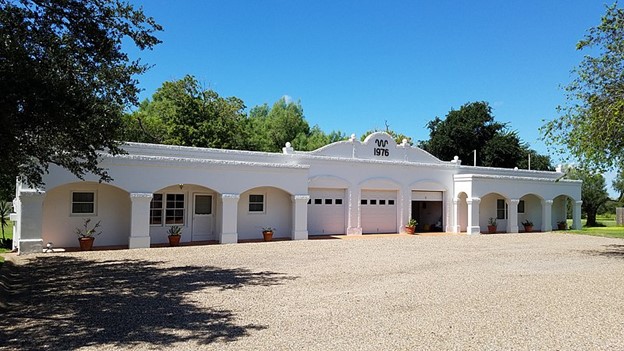 Source: Wikimedia
Source: Wikimedia
The historic 825,000-acre King Ranch in South Texas is the largest cattle ranch in the US. In Kenedy County, Texas, it raises cattle and grows cotton, grain, and other commodities.
Captain Richard King, a steamboat captain, created the ranch in 1853. King became successful in the cattle grazing business after establishing the ranch. The King Ranch Museum presently occupies his ranch headquarters and residence.
The ranch has evolved to encompass the Santa Gertrudis, Laureles, and Norias sections. The ranch has cattle, horses, and exotic animals.
The King Ranch conserves as well as farms. In addition, the ranch features wildlife management and wetlands restoration projects to maintain its natural resources.
The King Ranch has shaped Texas’s history. Visitors may explore the ranch and learn about its history. In addition, the ranch hosts hunting, fishing, horseback riding, and birding.
The King Ranch showcases Texas’ history, culture, and natural beauty. It’s a profitable ranch and part of the state’s heritage.
Did You Know?
Richard King’s vision and aptitude to spot fresh business prospects matched his adventurous spirit. He built railways, packinghouses, ice plants, and Corpus Christi harbor upgrades while continuously improving the ranch.
RELATED READINGS
10 Largest Zoos in the United States
10 Largest Solar Farms in the World
10 Largest Food Companies in the World
10 Oldest Rodeos in the World
8 Most Expensive Cows in the World
